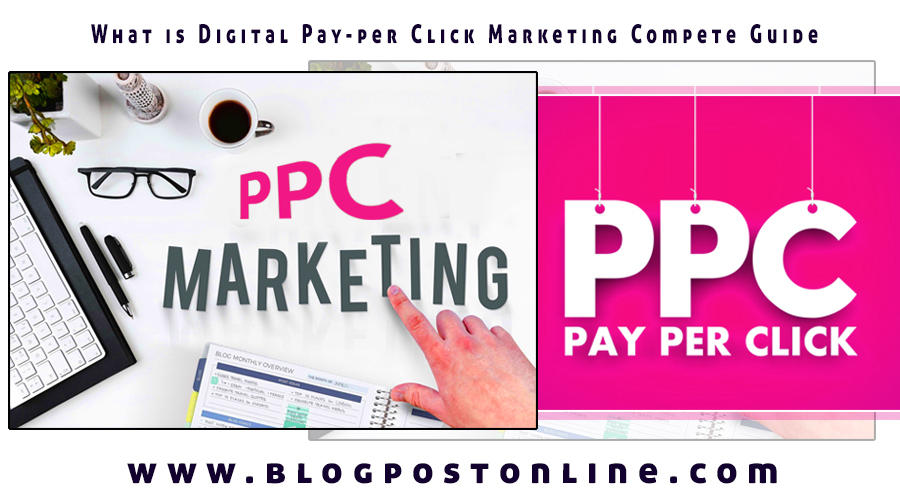Pay-Per-Click (PPC) digital marketing is a form of online advertising in which advertisers pay a fee each time one of their ads is clicked by a user. It is a model used in various online advertising platforms, with Google Ads (formerly known as Google AdWords) being one of the most well-known platforms for PPC advertising. Here’s how PPC marketing works:
- Ad Creation: Advertisers Best top create text, image, or best video ads that are relevant content to their best products or services. These ads are designed to be displayed on search engines, social media platforms, websites, or mobile apps.
- Keyword Targeting: Advertisers select Target keywords or phrases that are relevant to their business. When users enter these keywords in a search engine (like Google) or engage with content related to these keywords on other platforms, the ads may be displayed.
- Bid Management: Advertisers place bids on the selected keywords to determine how much they are willing to pay for each click on their ad. Higher bids typically result in better ad placement and visibility.
- Ad Auction: When a user’s search query matches the keywords chosen by advertisers, an ad auction takes place. The search engine or advertising platform determines which ads to display and in what order based on factors like bid amount, ad quality, and relevance.
- Ad Display: If an advertiser’s ad is deemed relevant and wins the auction, it is displayed to the user. If the best all users click on the ads, the advertisers is charged for that click.
- Ad Campaign Management: Advertisers continuously monitor and optimize their PPC campaigns. They can adjust their bids, refine their ad content, and target specific demographics to improve their ad’s performance and return on investment.

The key benefits of PPC digital marketing include:
- Immediate Results: PPC advertising can generate traffic and potential customers as soon as your campaign is active.
- Targeted Marketing: Advertisers can reach a highly specific audience by selecting keywords and demographics.
- Measurable ROI: Advertisers can track and measure the performance of their campaigns in real-time, allowing for data-driven decision-making.
- Budget Control: Advertisers have control over their daily or monthly budgets, which helps in cost management.
- Customization: Advertisers can create and customize ads to match their marketing goals and strategies.
- Flexibility: Campaigns can be adjusted and fine-tuned based on the performance data and changing business needs.
What is Candlestick pattern and how to trade Candlestick pattern trading Setup?
However, PPC advertising can be competitive, and costs can add up quickly, especially in highly competitive industries. Advertisers must carefully manage their campaigns to ensure they are getting a positive return on investment. Additionally, it’s essential to continuously optimize ad copy and landing pages to improve click-through rates and conversions.